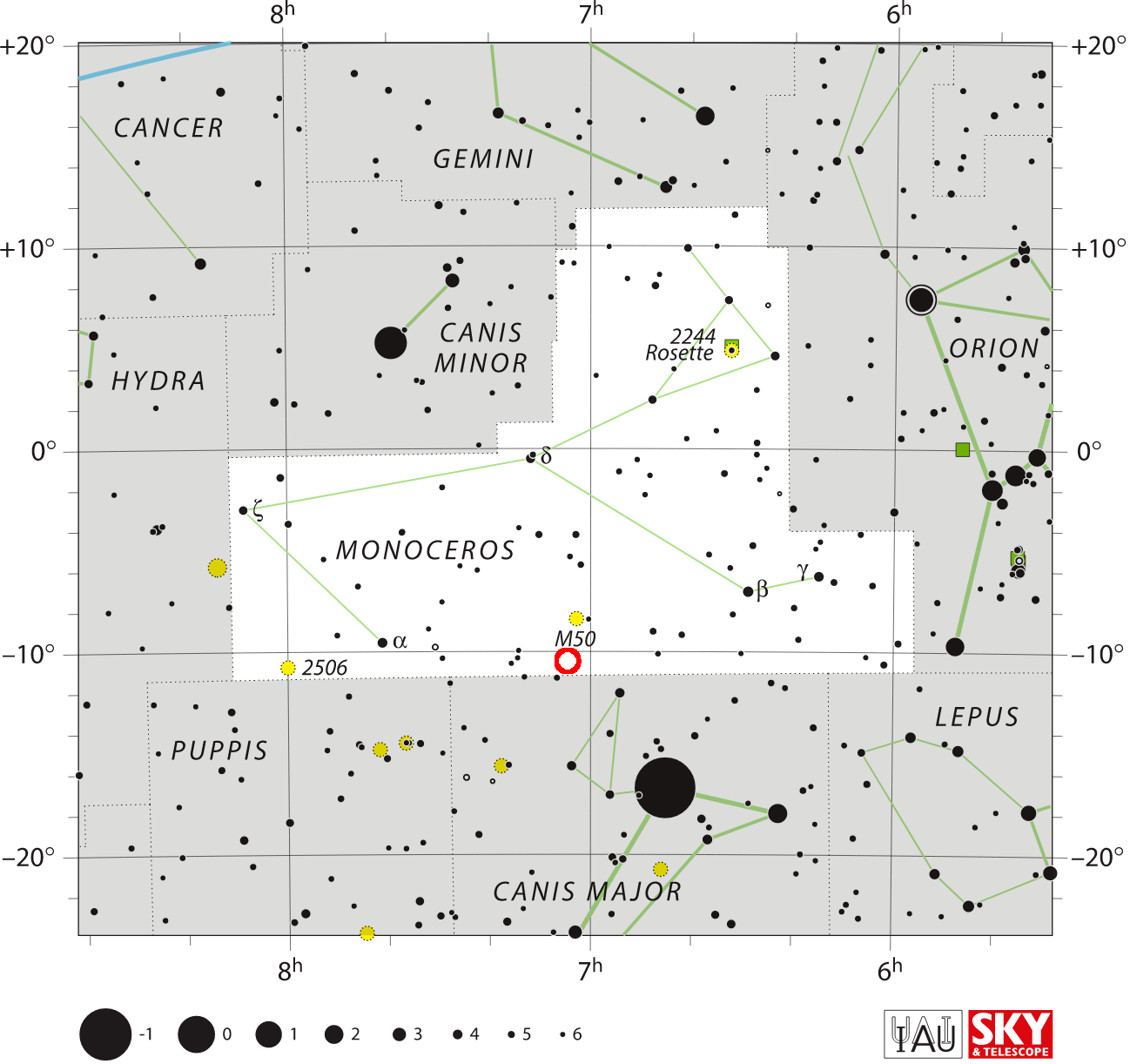Seagull Nebula on:
[Wikipedia]
[Google]
[Amazon]
 IC 2177 is a region of nebulosity that lies along the border between the
IC 2177 is a region of nebulosity that lies along the border between the
File:The Rosy Glow of a Cosmic Seagull.jpg, Seagull Nebula taken by VST OmegaCAM.
File:Seagull nebula Nov 14.jpg, Amateur image of the Seagull Nebula, taken with 100mm refractor
File:Seagull nebula - IC 2177.jpg, Amateur image of the Seagull Nebula, from an 11" telescope
File:The Seagull Nebula, IC 2177 March 2021.jpg, Amateur image of the Seagull Nebula, taken with the Stellarvue SV102 Access refractor
The flight of the Seagull Nebula
February 6, 2013, Thomas Anderson, ''TG Daily'' {{Sh2 objects H II regions 2177 Star-forming regions Monoceros
 IC 2177 is a region of nebulosity that lies along the border between the
IC 2177 is a region of nebulosity that lies along the border between the constellation
A constellation is an area on the celestial sphere in which a group of visible stars forms Asterism (astronomy), a perceived pattern or outline, typically representing an animal, mythological subject, or inanimate object.
The origins of the e ...
s Monoceros
Monoceros (Greek: Μονόκερως, "unicorn") is a faint constellation on the celestial equator. Its definition is attributed to the 17th-century Dutch cartographer Petrus Plancius. It is bordered by Orion to the west, Gemini to the north, ...
and Canis Major
Canis Major is a constellation in the Southern Celestial Hemisphere, southern celestial hemisphere. In the second century, it was included in Ptolemy's 48 constellations, and is counted among the 88 modern constellations. Its name is Latin fo ...
. It is a roughly circular H II region
An H II region or HII region is a region of interstellar atomic hydrogen that is ionized. It is typically in a molecular cloud of partially ionized gas in which star formation has recently taken place, with a size ranging from one to hundreds ...
centered on the Be star
Be stars are a heterogeneous set of stars with B spectral types and emission lines. A narrower definition, sometimes referred to as ''classical Be stars'', is a non-supergiant B star whose spectrum has, or had at some time, one or more Balmer e ...
HD 53367
HD 53367 is a triple star system in the constellation of Monoceros. The primary star was identified as a variable Herbig Ae/Be star in 1989. Its companion, spectroscopically discovered in 2006, is a pre-main-sequence star star with a ...
. This nebula was discovered by Welsh amateur astronomer Isaac Roberts
Isaac Roberts FRS (27 January 1829 – 17 July 1904) was a Welsh people, Welsh engineer and businessman best known for his work as an amateur astronomer, pioneering the field of astrophotography of nebulae. He was a member of the Liverpool A ...
and was described by him as "pretty bright, extremely large, irregularly round, very diffuse."
The name Seagull Nebula is sometimes applied by amateur astronomers to this emission region, although it more properly includes the neighboring regions of star clusters, dust clouds and reflection nebulae. This latter region includes the open clusters NGC 2335
NGC commonly refers to:
* New General Catalogue of Nebulae and Clusters of Stars, a catalogue of deep sky objects in astronomy
NGC may also refer to:
Companies
* NGC Corporation, name of US electric company Dynegy, Inc. from 1995 to 1998
* Na ...
and NGC 2343
NGC commonly refers to:
* New General Catalogue of Nebulae and Clusters of Stars, a catalogue of deep sky objects in astronomy
NGC may also refer to:
Companies
* NGC Corporation, name of US electric company Dynegy, Inc. from 1995 to 1998
* Na ...
.
NGC 2327 is located in IC 2177. It is also known as the Seagull's Head, due to its larger presence in the Seagull nebula.
Gallery
References
External links
*The flight of the Seagull Nebula
February 6, 2013, Thomas Anderson, ''TG Daily'' {{Sh2 objects H II regions 2177 Star-forming regions Monoceros